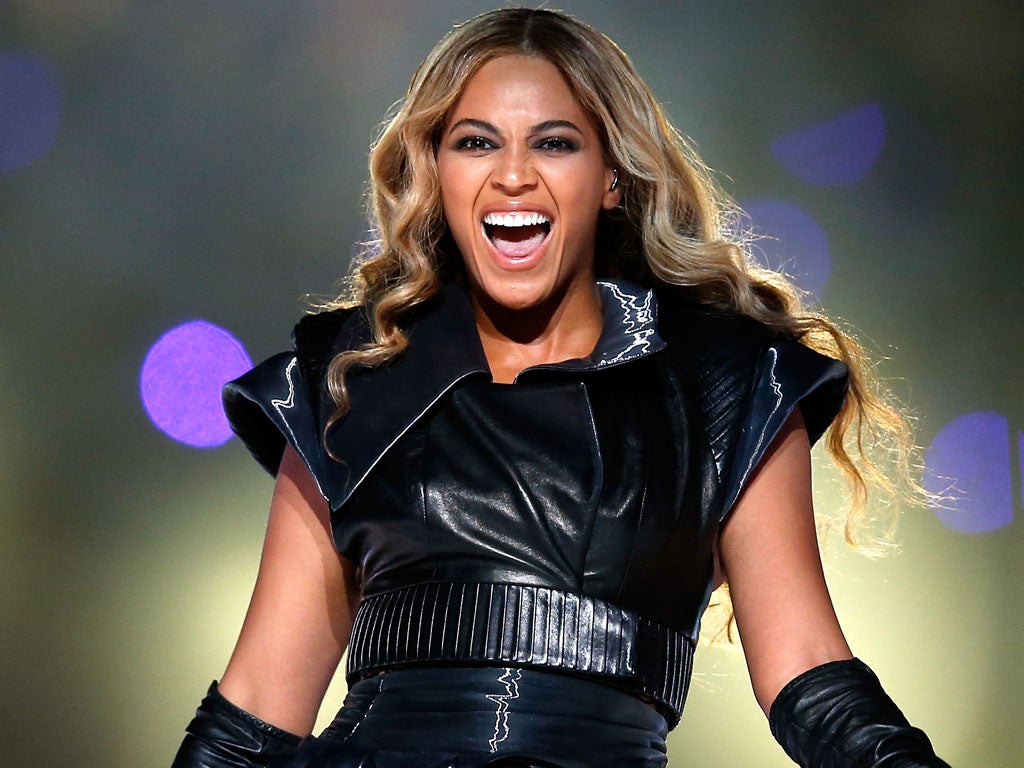Lessons in Modern Rockonomics: Most fans are saving up their money to watch big acts like Madonna and Bruce Springsteen

Your support helps us to tell the story
From reproductive rights to climate change to Big Tech, The Independent is on the ground when the story is developing. Whether it's investigating the financials of Elon Musk's pro-Trump PAC or producing our latest documentary, 'The A Word', which shines a light on the American women fighting for reproductive rights, we know how important it is to parse out the facts from the messaging.
At such a critical moment in US history, we need reporters on the ground. Your donation allows us to keep sending journalists to speak to both sides of the story.
The Independent is trusted by Americans across the entire political spectrum. And unlike many other quality news outlets, we choose not to lock Americans out of our reporting and analysis with paywalls. We believe quality journalism should be available to everyone, paid for by those who can afford it.
Your support makes all the difference.One of Princeton University economist Alan Krueger’s specialist subjects is analysing rock-concert revenue data. In 2004 and 2005 he wrote two papers called Rockonomics and was recently invited to the Rock’n’Roll Hall of Fame to talk about his new findings, which aren’t likely to please smaller artists. Here are some of his findings:
Small is still small
Niche acts have retained as tiny a share of gig sales as they did 10 years ago, despite the internet allowing them to connect to potential fans in a way they had never done before. Although services such as iTunes, YouTube and Spotify have made it easier for music fans to discover new and smaller artists, and Twitter and Facebook can act as low-cost marketing tools, this hasn’t translated into increased ticket sales for such bands. With live performances being one of the main ways to make money now that no one bothers to pay for music anymore, this isn’t great news for smaller artists.
Beware of Bruce
The top 1 per cent of artists now take a larger share of total ticket revenue: 56.3 per cent in 2013 as opposed to 22 per cent 30 years ago. It seems most people are saving up their money to watch Madonna rather than going to see lots of smaller acts (Bruce Springsteen and Tim McGraw were the other two top grossing musical acts in the US last year).
We may have reached peak ticket price
It’s not all bad news. Although superstars have been able to raise ticket prices over the last 20 years, it is predicted that eventually they will not be able to do that. So smaller bands might be able to take a greater percentage of ticket sales. Or fans could start to pay for concert streams. But when half the crowd seems to be recording amateur footage on their phones and uploading it to YouTube, is anyone prepared to pay for it?
Join our commenting forum
Join thought-provoking conversations, follow other Independent readers and see their replies
Comments